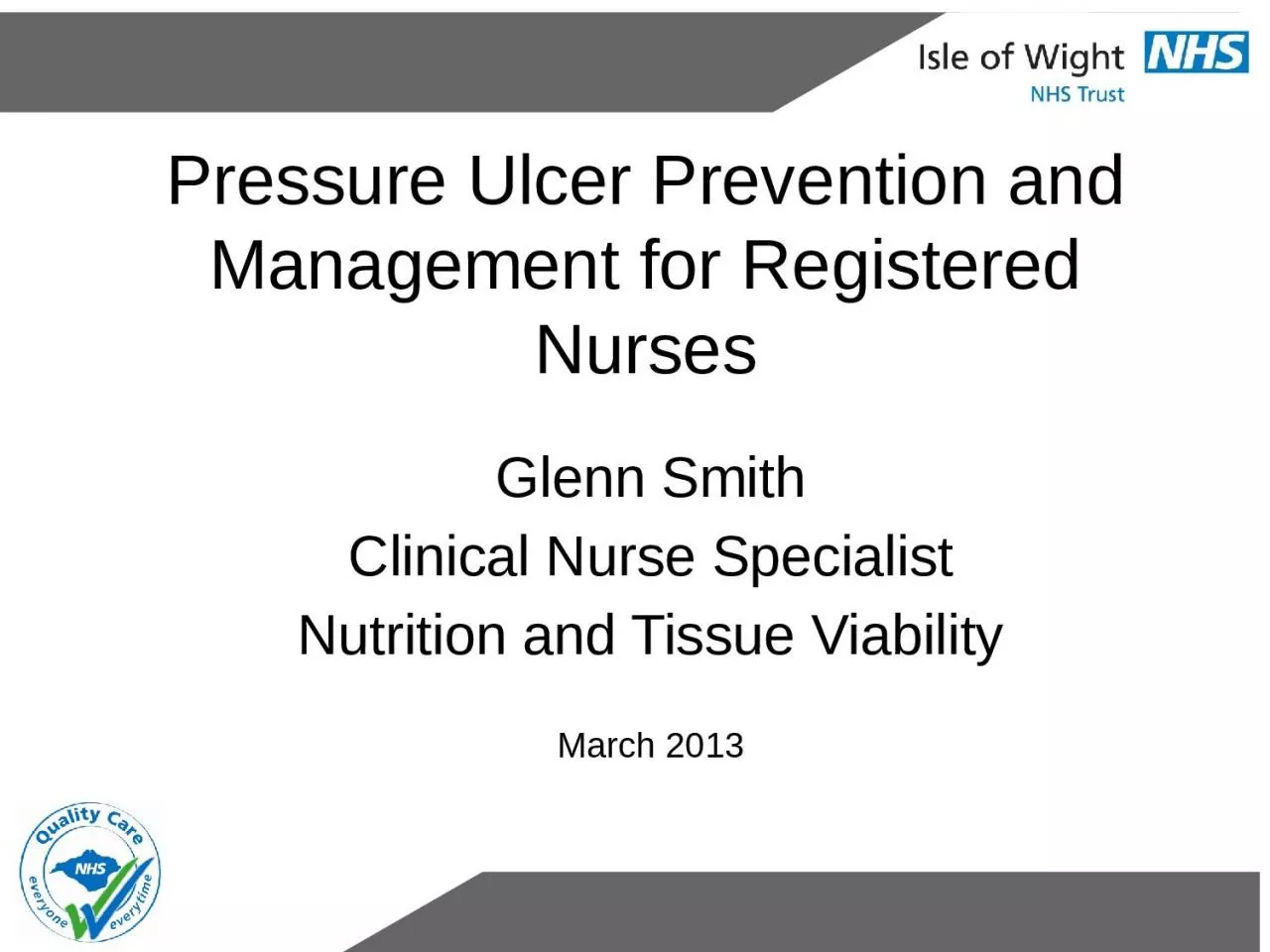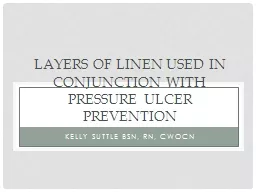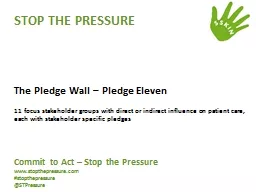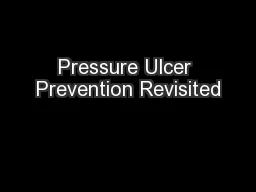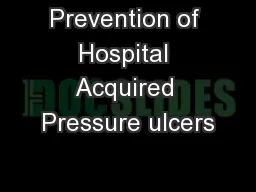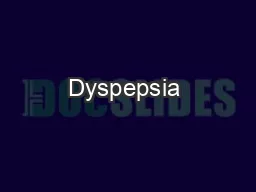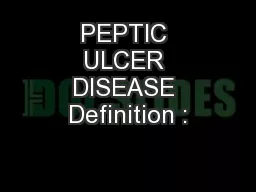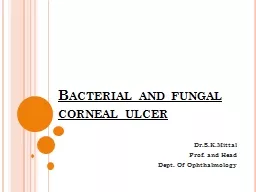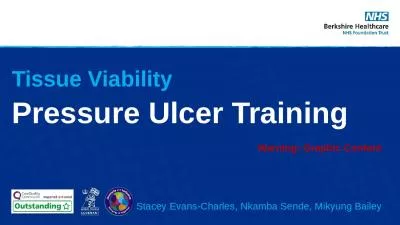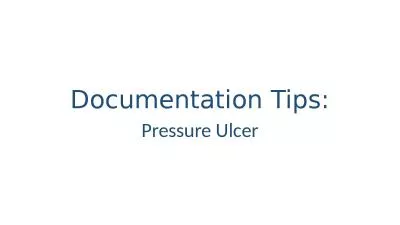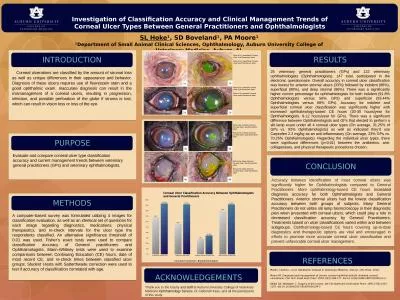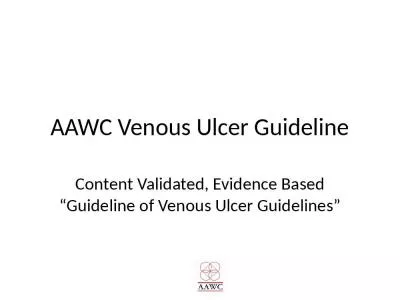PPT-Pressure Ulcer Prevention and Management for Registered Nurses
Author : badra | Published Date : 2024-01-13
Glenn Smith Clinical Nurse Specialist Nutrition and Tissue Viability March 2013 An understanding of how pressure ulcers develop and what can be done to prevent
Presentation Embed Code
Download Presentation
Download Presentation The PPT/PDF document "Pressure Ulcer Prevention and Management..." is the property of its rightful owner. Permission is granted to download and print the materials on this website for personal, non-commercial use only, and to display it on your personal computer provided you do not modify the materials and that you retain all copyright notices contained in the materials. By downloading content from our website, you accept the terms of this agreement.
Pressure Ulcer Prevention and Management for Registered Nurses: Transcript
Download Rules Of Document
"Pressure Ulcer Prevention and Management for Registered Nurses"The content belongs to its owner. You may download and print it for personal use, without modification, and keep all copyright notices. By downloading, you agree to these terms.
Related Documents

